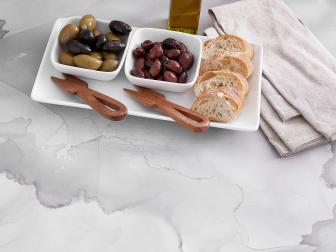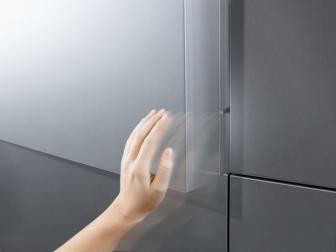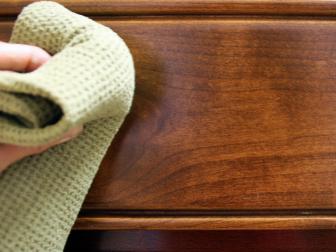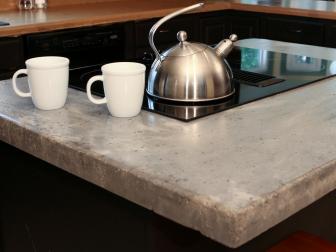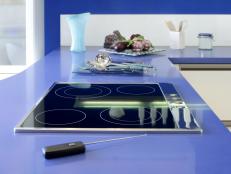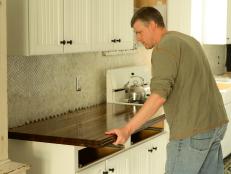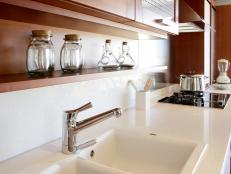Resurfacing Kitchen Counters
What's the difference between resurfacing and refinishing kitchen counters? HGTV has the answer.
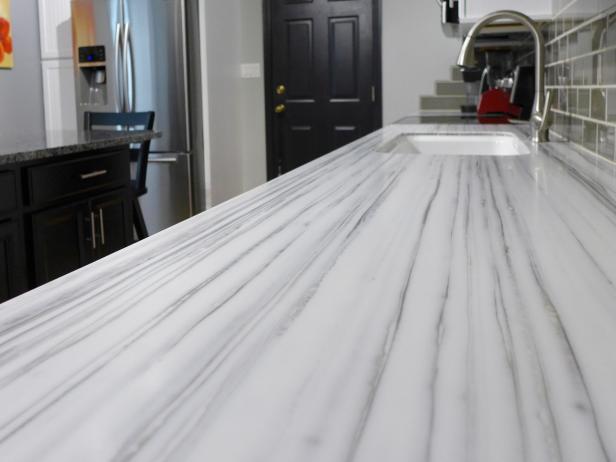
Formica
The terms "resurface" and "refinish" are often used interchangeably when describing the transformation of laminate counters. However, there are some subtle differences between the two concepts.
Affordable Kitchen Countertops That Look Like a Million Bucks 30 Photos
Perk up your kitchen without draining the bank with these kitchen countertop ideas.
Resurfacing Versus Refinishing
Resurfacing kitchen countertops actually involves either removing and replacing the laminate or completely re-covering it with a fresh layer of laminate (or even tile). Refinishing, meanwhile, typically involves repairing the counter, sanding down stains, and recoating the existing surface for an updated look.
Resurfacing Is a Cost-Effective Option
Resurfacing your kitchen countertops, though, is still a cost-effective alternative—not to mention a low-cost investment that will last for years to come. Expect the resurfacing process to take anywhere from 36 hours to a full week, depending on the scope of the project.
Go Into the Job Knowing What it Entails
Before getting started, know that any resurfacing job will require removing sink bowls and range tops; but don't worry, they can be re-affixed to the new surface. Also, the surface, whether it's the existing laminate or a particle board base, will need to be completely flat and smooth.
Note that new orders of laminate, once they have arrived in your kitchen, will need to acclimate to room temperature for at least 48 hours before you begin installing them.

Giani
Giani stone paint is a sealant that completely and totally overhauls the look of any countertop. It can be used on anything from laminate to butchers block to primed and painted wood, and because it is a finish itself, it should only have to be redone if the surface is ever chipped or damaged.
More DIY Kitchen Projects
Resurfacing Kitchen Cabinets
Resurfacing kitchen cabinets gives your kitchen a much-needed facelift without the hassles of a complete remodel.
Refinishing Kitchen Cabinet Ideas
Get the feel of a whole new kitchen with beautifully refinished kitchen cabinets.
How to Build a Concrete Countertop
Learn how to construct and install a concrete slab countertop for a kitchen island.






